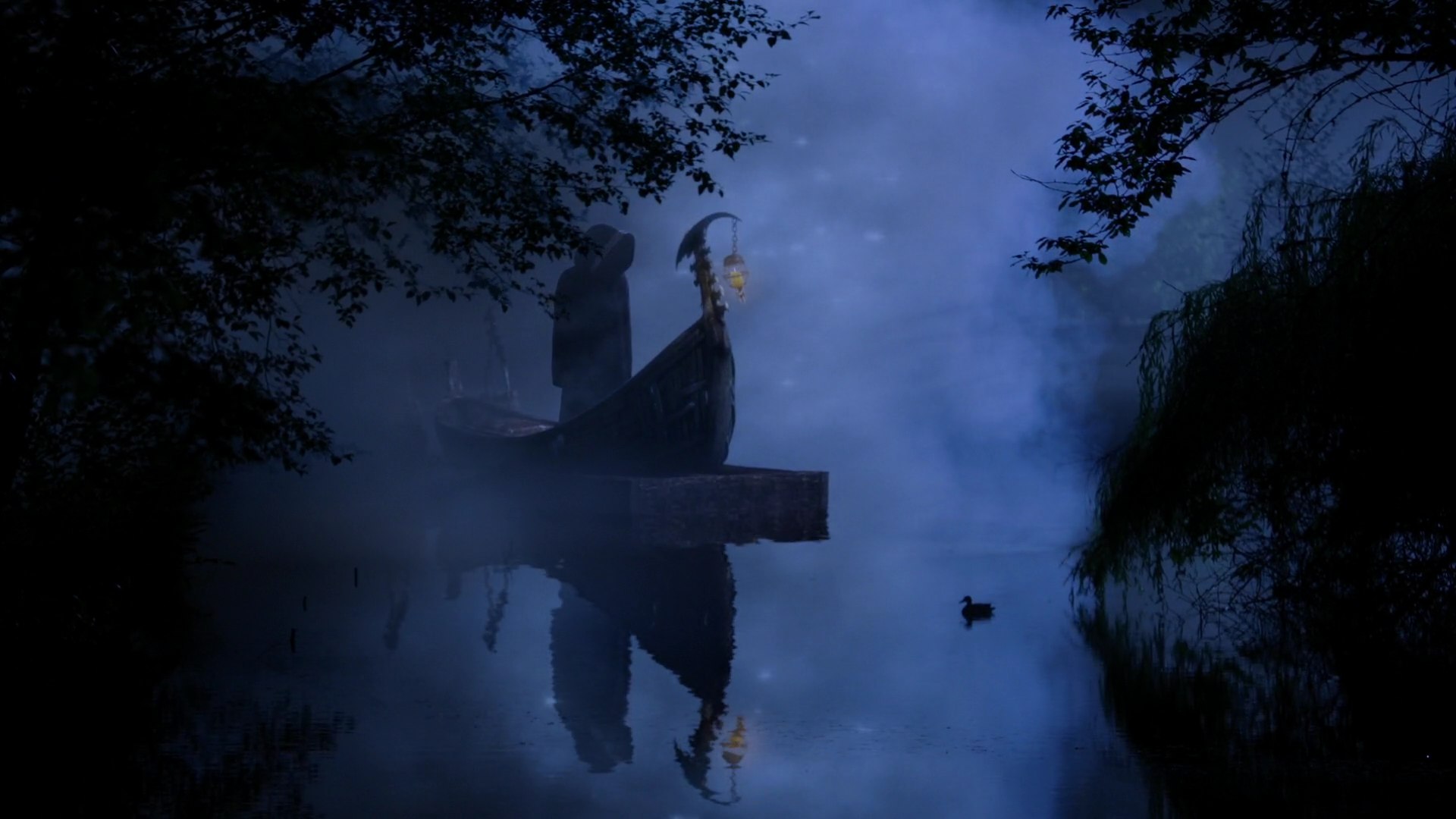
When I taught adults in a mature learning setting, I suggested that our own view of a situation was what influences our perception of the same facts and the same scenario.
I cited the tale of the flooded river. The bridge was washed away and a young woman was left on one side of the river, her fianc? on the other. She desperately wished to get across the river to her beloved, but the only way was by ferry and there was only one ferry.
She approached the owner of the ferry and explained her situation. He said that he would ferry her across, on the condition that she slept with him.
Horrified, she left and sought the aid of her fiance?s best friend who shook his head and replied, ?I don?t want to get involved. It is not my problem.?
After some time passed, she returned to the ferryman and accepted his offer. He ferried her across the river and she ran into the embrace of her beloved.
She burst into tears and confessed the price that she had paid the ferryman.
He was horrified and declared that she was no longer part of his life and he did not wish to ever see her again.
In order, from the worst to the least bad, how would you place the key players?
There is no right or wrong answer; but this simple story tells us a lot about ourselves, OUR own perceptions and OUR own place in the world where decisions are often made because of emotional involvement with the scenario.
Over the years that I posed this question, the order of players varied ? not according to age, gender, socioeconomic or religious backgrounds ? but with deeply held personal views.
This is the dilemma that faces us today across all spectrums.
You see, all we have in this story are facts.
BUT NOT ALL THE FACTS.
My story above leaves out so many details.
Did the girl have a past history of sleeping with the ferryman?
Had she run to her fiance?s friend before alleging rape or sexual harassment? Had she cried wolf once too often?
Was the ferryman her old boyfriend and had she dumped him in favour of her new fiance? Or did he have a history of this sort of behavior?
On face value, it was an emotional story and one that would be answered EMOTIONALLY.
What we do not expect, however, is for our leader to make a decision based on emotion. That is not what she was hired to do. Even Winston, who hired her, must be caught between the rock and the hard spot right now. He does not look that happy with the way things are moving since the middle of March.
Our Fearless Leader has made some fairly hasty decisions in recent weeks.
Were they made based on her emotions or on facts? Isn?t that why she has advisors and qualified people on hand?
Military leaders make decisions based on the best outcome and the best strategy. Our community leaders offer the view which they feel best represents the majority of their constituents and the advice received from the military and faith leaders, from our police, our emergency services and our intelligence community. All of those groups give their input, based on the best information that they have. It is then up to our politicians to engage with our Fearless Leader, and our leader then makes the call.
It is either a massive cover up or a massive balls up.
It all happened too fast.
New Zealand saw the Waiho River Bridge destroyed and the people of the West Coast left on one side of the river, the rest of us on the other.
Our gun laws were changed faster than a baby?s nappy. The internet was censored quicker than a wet rat up a drain pipe.
Did our Fearless Leader make decisions based on personal perceptions or based on facts? Or, worse still, based on what someone else was whispering in her ear?
We may never know, because, increasingly, we are being sold emotion instead of facts.
As my teacher of many years ago said, ?A reporter?s job is to report, not distort. Otherwise, we would call them Distorters.?
As the saying goes,
?Act in haste, repent at leisure”
Yes, fine for her, but who will pay the price? Who will pay the Ferryman?






